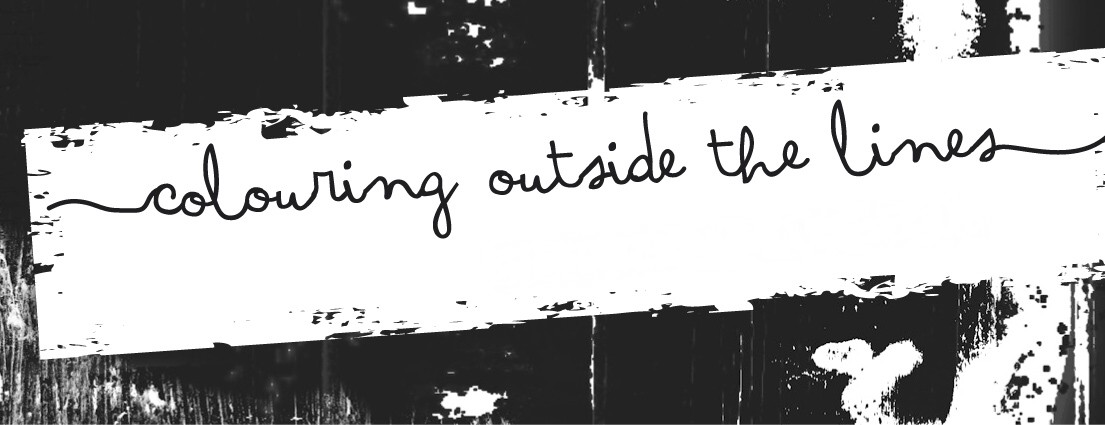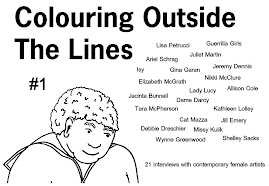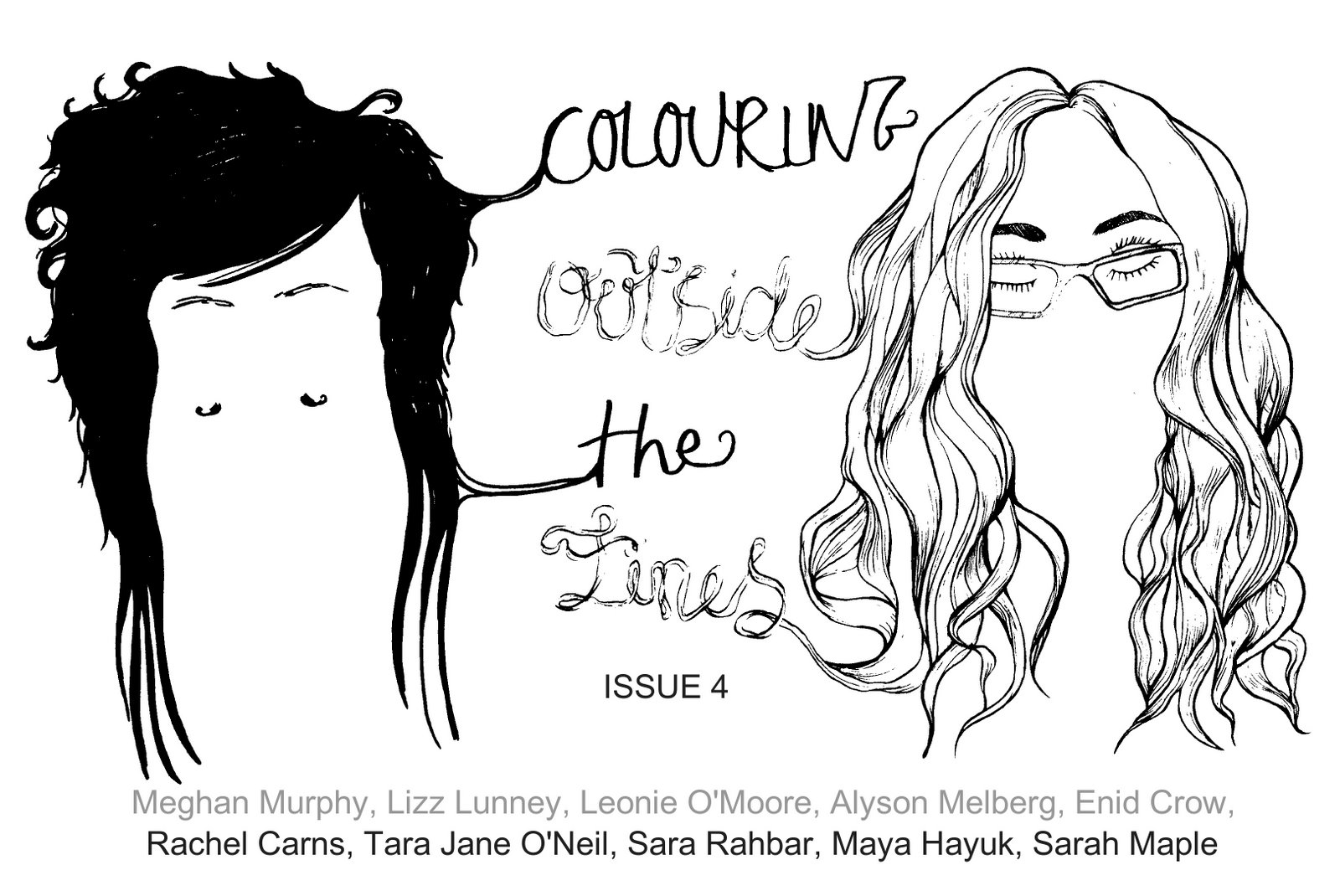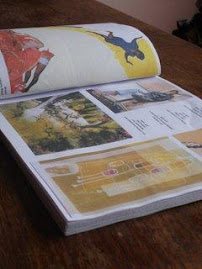Cartoonist and animator, Lilli Carré (Chicago USA) is the writer and illustrator of the books Nine Ways to Disappear, The Lagoon, and Tales of Woodsman Pete, and has contributed comics strips to anthologies such as MOME. Lilli also creates the most wonderful moving drawings. I love the way her mind operates, and the amazing illustrated work it creates!
Website: www.lillicarre.com
Blog: www.lillicarre.blogspot.com
Animations: http://vimeo.com/user2070092/videos/sort:date

You were recently in Sweden for the Small Press Expo in Stockholm – how was the trip, and how was the expo?
It was really fun! I was glad I was able to make the trip, because the volcano in Iceland prohibited a fair amount of people from being able to fly into Sweden for the expo, but I was able to get there after zigzag bus trip from Oslo. I enjoyed exploring Sweden, and the comics show itself was great. There was a lot of great self-published work and many more international publishers and creators than I get to see at shows in the US. I was exposed to a much larger range of styles and formats than I I’ve seen before, it really got my juices flowing to see and talk to these other creators. It was interesting to notice differences such as how many comics from Sweden were completed purely in pencil rather than pen, and some of the different inventive binding techniques and storytelling styles and things like that.
What links does your illustration and comics work hold to that independent/DIY culture and community of alternative press and self-publishing?
I think of myself primarily as a cartoonist and an animator. I started making comics by printing them at school and self-publishing short stories and collections of my comics work and trading them and putting them out in stores and mailing them to a few people. I still try to self-publish, and I love to seek out and stumble upon other self-published work that excites me. There’s something very unique about ideas going directly from one person’s head and hands straight to paper with nothing else to taint it. That’s what I enjoy about experimental animation as well, that it feels like you get to be inside someone else’s head with nothing to interfere.
You debuted some new silk-screened books in Sweden that you’d bound yourself. I hear that this project was a result of your residency at Spudnik Press.
Could you tell me more about how you’ve been getting on with bookbinding, and how/why you got into making your own editions of books in this way?
I wanted to experiment more with screenprinting and playing with the overlapping of different transparent colors, so I decided to work on a small batch of stories that I could draw in a more graphic style, allowing me to play with these techniques. Like I mentioned above, I wanted to make a little batch of handmade hardcover books because I myself love the feeling of holding a handmade object in my hands that has some straight from someone’s head and hands and is completely unique, so I wanted to make something like that and experiment in the process. I had never really bound hardcover books before, so making 45 of them really pounded it in. I’d like to make more small editions of books this way.
How has your time at Spudnik been for you? How important to you has being there been, in terms of being a part of and receiving-and-contributing to: creative community, collective working, and skills sharing?
Working at the print shop for 3 months was a really good experience. Especially in contrast to how I usually work on projects, which is holed up in my work room in my apartment, staring at blank pieces of paper! Having to be at Spudnik for a certain amount of time each week was very helpful. It made me print and pull ideas out of my head that otherwise I might not be as active about working on. It was also really fun and helpful to be around the other regular printers in the shop, witnessing how they worked, what they were working on, and having good company while doing an otherwise pretty labor-intensive project.
The one trip I’ve ever made to San Francisco was the period when your book ‘Nine Ways To Disappear’ was being released by Little Otsu, and their storefront featured an amazing window display of your illustrated sculptures (that I presume you’d made?
Yep! I made the silhouetted cut-outs here in Chicago, and then mailed them to their SF shop, where they installed them. One of their workers skilfully reproduced the tea pot image from the cover of Nine Ways).

How was the experience of doing that?
And how important to you is working with and collaborating with independent companies like Little Otsu? What does working with independent companies allow and afford your artwork and publishing ventures?
Little Otsu has been very supportive of my work and wonderful to work with. My stories can be on the bizarre side, and it’s really important to me to work with people who I feel really get what I’m trying to do with my comics and images. They didn’t try to change the stories at all or shape anything in that sense— we worked together a lot on the look and feel of the finished piece, so it was a good collaboration. The other publishers I have worked with to make books of my comics, Top Shelf and Fantagraphics, have also allowed for my work to stand on its own, and have helped immensely with good book design and promotion and having faith in my more off-beat sense of humor and story.
What illustration projects are you working on at the moment?
I’m usually juggling a handful of different things. I just finished a piece in comics form about how the city of Chicago raised its own streets and buildings in the 1850’s, and now I’m working on a book cover, a series of animation loops for a website, and an illustration to be printed on a tin box.
How long have you been creating art, embracing your creativity, and working towards developing your current style and output?
What a question! I suppose I’ve been embracing my creativity since I was a little kid— A major activity throughout my childhood was when my parents would roll out a big sheet of butcher paper on the apartment floor, and my sister and I would amuse ourselves quietly for hours by drawing images and stories all over it. So since then.

How did you first learn to access your creative and artistic talents, and gain the confidence to make art your career? A lot of people struggle with knowing that they’re ‘good enough’ to do that.
I don’t look at it as a high-pressure thing. I just make the work I want to make, and if there’s a venue out there where I can share it then I’ll go for it. I still work a part-time job at a bookstore and make the work that I get excited about making, I’m not lunging at making a big career for myself. I need the outlet of making the work and drawings and stories, otherwise I’d feel very expressionless and ready to explode. So it doesn’t seem like some big choice or anything about confidence, it’s just a thing I have to do for myself, and if I have the opportunity to share it then that’s an added excitement.
Which artistic techniques do you employ most often within your work, and enjoy using?
I like trying out different styles and techniques all the time. I don’t feel that I’ve mastered any single one, so I like to switch between media for whatever I think might suit a certain story or idea. I really enjoy the feeling of using a nib pen, I find it very satisfying to draw with one even though I feel like I have less control than with a regular pen. I like playing with different printmaking techniques, and seeing what types of looks I can get with coloring things in photoshop, too. I’m pretty all over the place when it comes to styles, though I think that my work still looks like it came from the same person even though it’s made with lots of different tools.
What’s your favorite project that you’ve worked on so far?
My story The Carnival that was in the anthology Mome vol. 14. I just put a lot of myself into that story.

One of the things that strikes me over and over again about your work is the ‘mood’ or ‘atmosphere’ of your pieces – part, I feel, to do with the folk-arts visual style, part to do with your work’s poetry, and partly due to the fact that your illustrations often highlight the everyday, arbitrary, or unfair aspects of life that are nonetheless part and parcel of the vibrancy of life.
Would it be fair to say that there is a unique atmosphere about your work? And is it something that you have worked to maintain consistency over throughout your different work in different mediums, or does it naturally work out that way?
Certainly. Coming from studying experimental animation in school, I think that I try to convey a mood and a pace in my comics that comes from thinking about how to do so in a moving picture, where sound and time are an element. Sometimes creating a mood is one of my main objectives of a comic, equally alongside the artwork and the story.
Thinking about mood and atmosphere, your own personal experiences must influence what you create. Do you find it difficult to create and paint when in particular moods due to how it may influence the ‘feel’ of a piece?
Yeah, sometimes I find it hard to sit down and work on something if I don’t feel like I’m in the proper head space to do so. My book The Lagoon, which is very mood-driven, took me about 3 years to finish, because I had a lot of starts and stops when working on it. This was partially due to still being in school and working at that time, but also because it was hard to always be in the right mindset to work on such a moody piece and figure out the trajectory of the story. The setting of the book is in a southern swampy area, and I made the first 8 pages of that story while at a summer class that took place at a small lagoon, but once I returned to the city to finish it, it was harder to get into the same momentum.
Speaking of the everyday nuances of life that your art depicts, it is often a curious, surreal life that is shown; perspective, space, size, direction, and expectation are often played with [for example, tiny, miniature coughing men crop up in your work. As do people who are hiding under chairs, upside down, with fish in their mouths. Not to mention the giant proportions of the character Paul Bunyan, or girls with wide-set eyes, or a boy who shrinks to the size of a button.)
All of the above is also perfectly observed within your moving drawings. Does working with animation allow you with a further tool for depicting the more curious nuances of your characters everydays?
Sure, I mean there are different things you can do with both mediums to bring out nuances of characters and the everyday. I wouldn’t say it’s a further tool but a different one. Timing and little movement ticks and sound are expressed differently through animation than comics or single images, and can present a different kind of humor. The moving drawings I make are usually of something who’s humor I think would be suited for movement, and that I just want to animate it to create a tiny funny little moment in a way that I feel a single drawing couldn’t.
What is your favourite thing about being an artist, and working creatively?
Being able to draw the things I imagine and put my observations and thoughts into a form that articulates them better than I ever could through talking or singing or running. There is catharsis for me in being able to put bits of my mind and life to paper.
















No comments:
Post a Comment